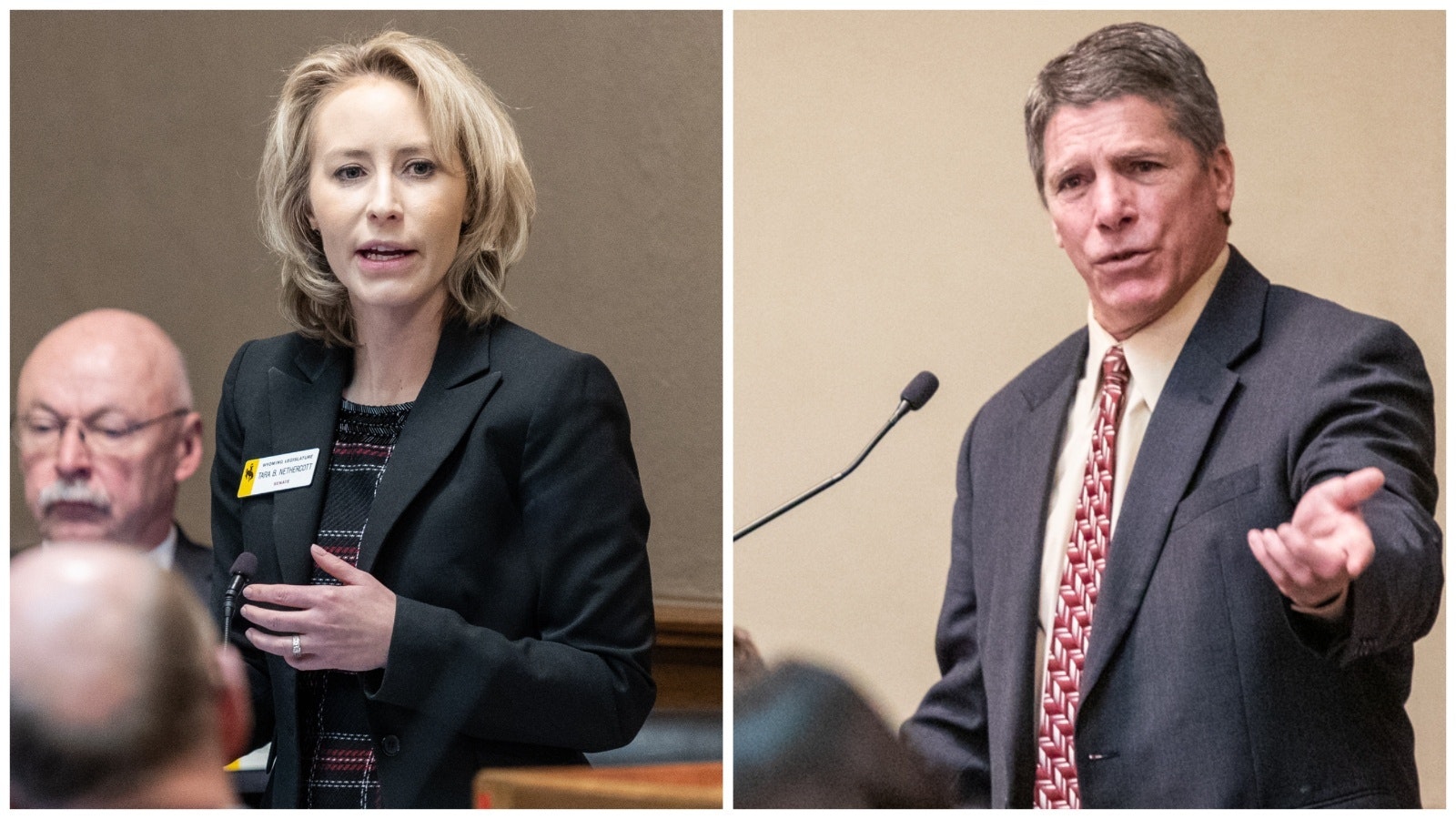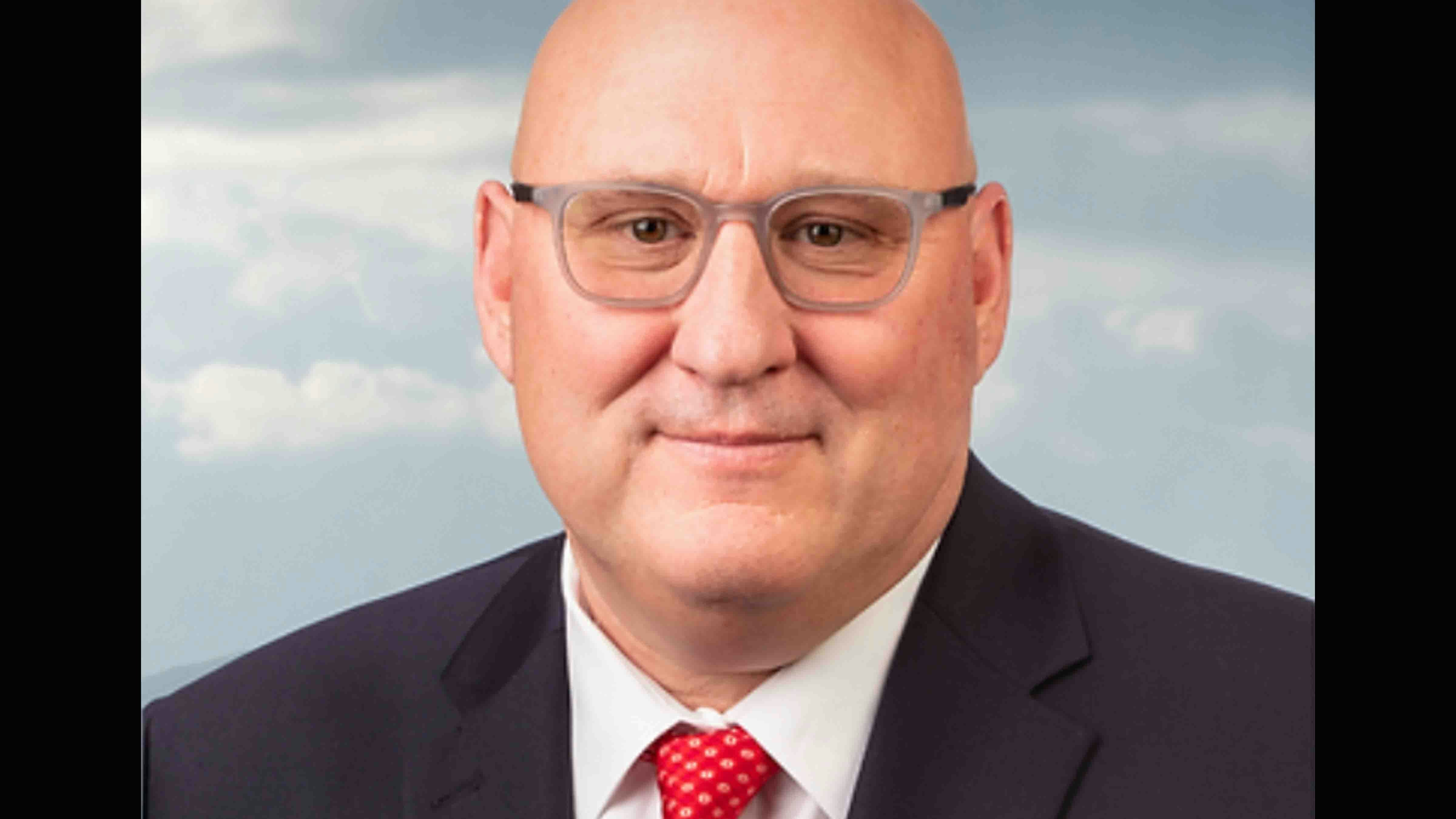After weeks of budget hearings and markup, the Wyoming Legislature’s joint appropriations committee finalized a draft budget, capital construction and other bills that trim approximately $102 million from the governor’s proposals for the 2025-26 biennium.
Of this $102 million, $35 million is general fund reduction in the budget bill, $62 million represents less for capital construction and there is $5 million less for distribution to local governments.
The committee’s budget also saves more than the governor recommended, socking away $310 million of general funds and $200 million in education savings.
Overall, the joint appropriations committee is recommending a budget for 2025-26 that spends $370 million less than the current 2023-24 budget.
It also leaves $72 million of expected general fund revenue that is unallocated, i.e., revenue that the state is expected to receive but which the proposed budget currently neither spends nor saves.
The full House and Senate will likely have their own ideas for those funds (as well as for the rest of the budget), as it should be.
Budgets are about more than money, of course. They are fundamentally about people. The appropriations committee’s priorities are reflected in generous funding for the most disadvantaged in society – people in nursing homes, prenatal care for qualifying women and developmentally disabled adults, among others.
The large influx of Covid related federal funds (Cares Act, ARPA) is, however, no longer available to shield the impacts of inflation. The committee’s proposed budget nominally spends about $3.8 billion of general funds.
After adjusting for inflation and after savings are removed (which technically count as “spending” on the fiscal profile), real spending in this budget for 2025-26 is lower than the budget passed in March 2020 just before the pandemic hit the state’s economy.
There are some additions in the budget. For example, the proposed budget adds 8 new full time positions in the Department of Environmental Quality, mostly in the air quality division.
That may sound like “growing government” but without them, the 75 new air quality rules being promulgated by the Biden Administration will result in air quality permits not being issued in a timely manner.
Lack of air quality permits could delay large industrial projects, such as a new trona mine in Southwest Wyoming that is expected to create nearly 600 new mining jobs. We believe that bolstering DEQ’s ability to process air quality permits is worth the investment. After all new positions are accounted for, the number of state government employees will be lower than in March 2020.
The committee’s budget also entrusts the governor with access to $200 million from the legislative stabilization reserve account (LSRA) for very large energy projects.
This would be money, for example, to match federal grants for the Dry Fork coal fired electric generation plant to bolt on a carbon capture and sequestration unit. It is about investment -- to save not just jobs in Campbell County but the coal industry more broadly. If the federal money does not show up, then the money stays in the LSRA.
The proposed budget also has substantial money for maintenance and construction of schools. In addition to spending approximately $363 million for school major maintenance, design and construction, it also sets aside an additional $200 million for future school construction.
So why is our budget lower than the governor’s? There were certain areas where we thought cuts could be made without compromising services to the people of Wyoming.
After passing two consecutive pay raises for state employees in 2022 and 2023, we believed that the additional proposed $42 million for a third pay raise could be trimmed by $31 million.
This levels up to market the pay that can be offered for currently vacant positions and offsets the expected increase in retirement contributions that state employees will need to make to keep the retirement fund on an even keel.
We also slashed $15 million from the Wyoming Innovation Partnership but were able to put $9 million into a matching grant program for the community colleges and also fully fund the community colleges’ request for an inflation adjustment ($16 million).
This budget represents our good faith effort to spend and save responsibly. We look forward to ideas from you and from our colleagues on how to make it better.
Tara Nethercott (SD04) is the Senate Co-Chairman of the Joint Appropriations Committee. Bob Nicholas (HD07) is the House Co-Chairman of the Joint Appropriations Committee.





